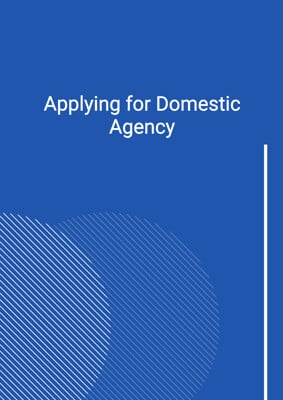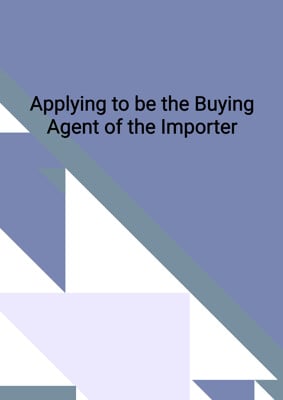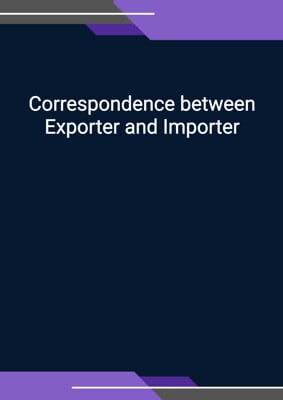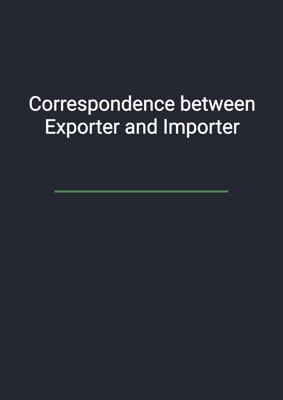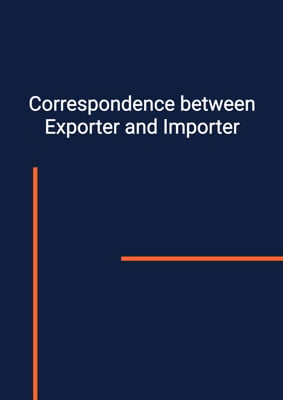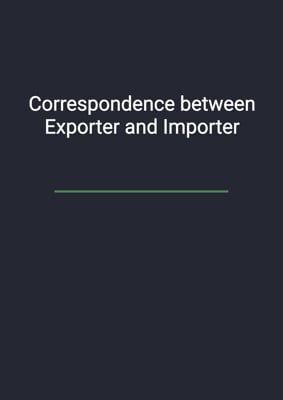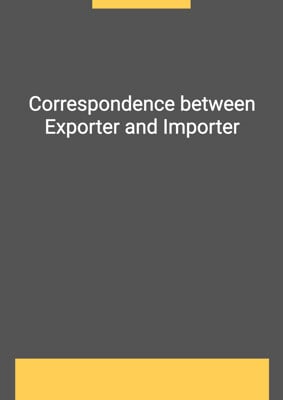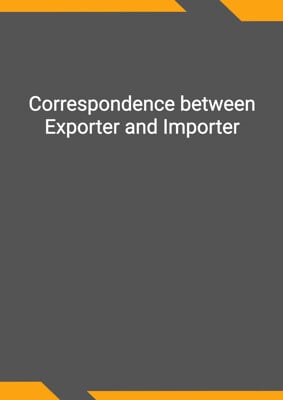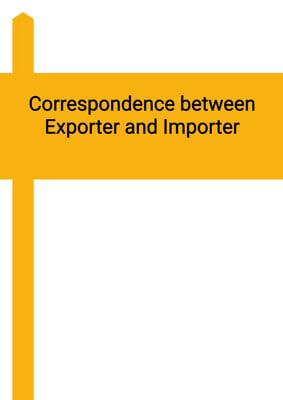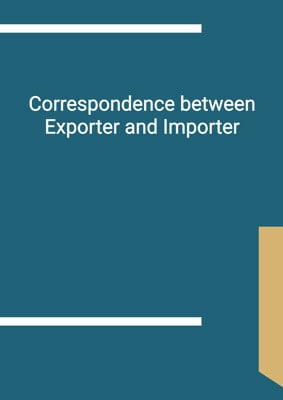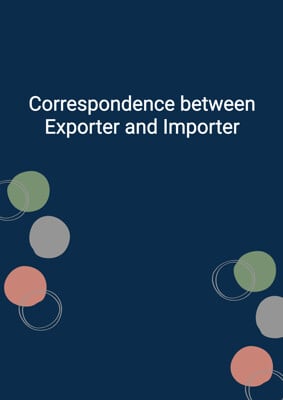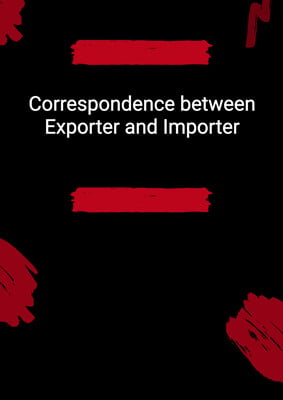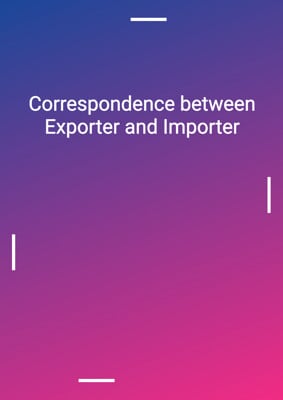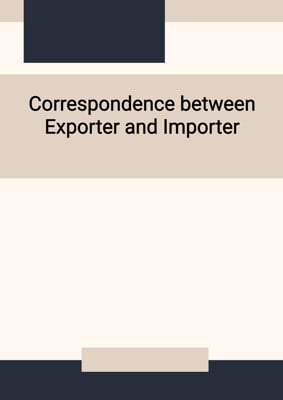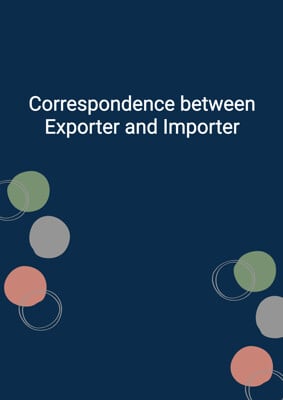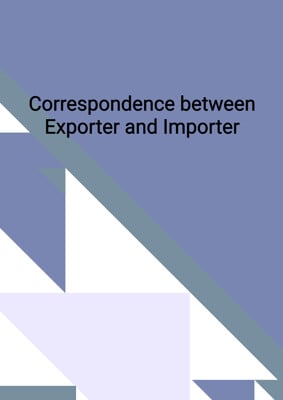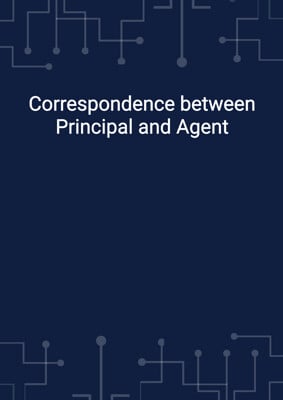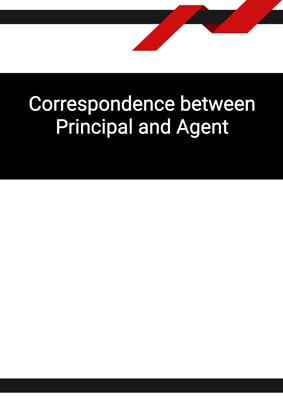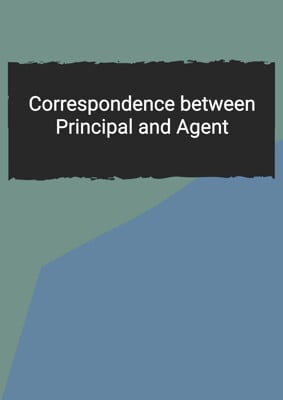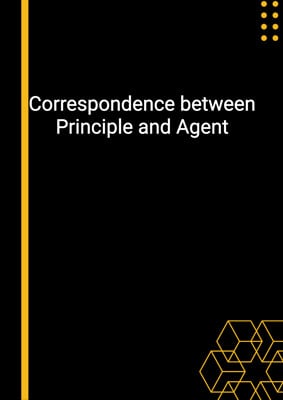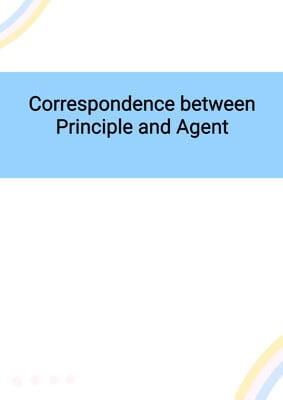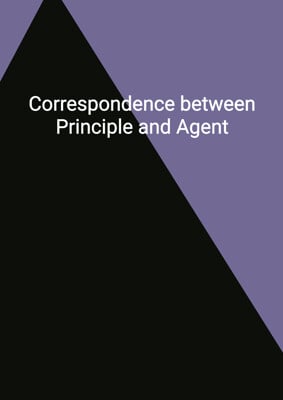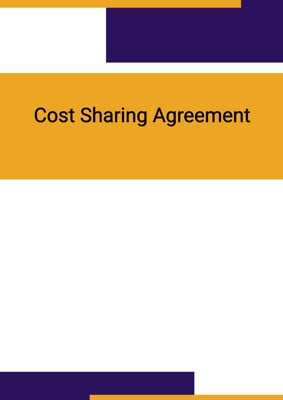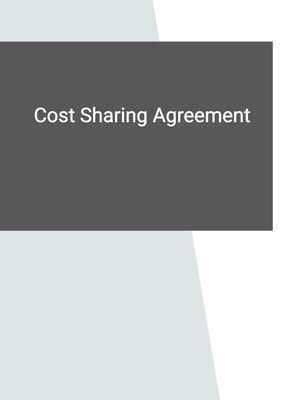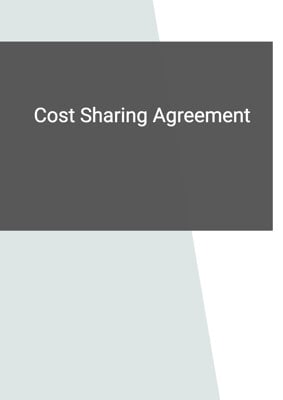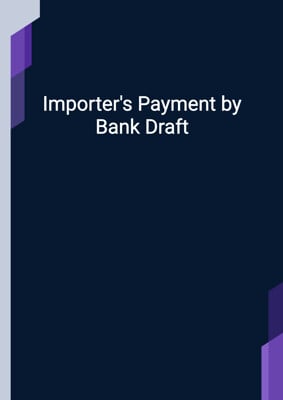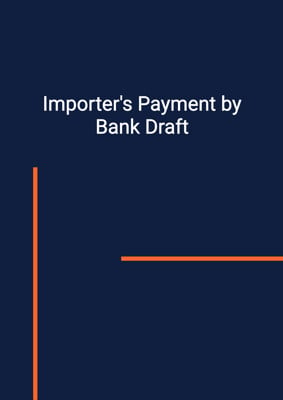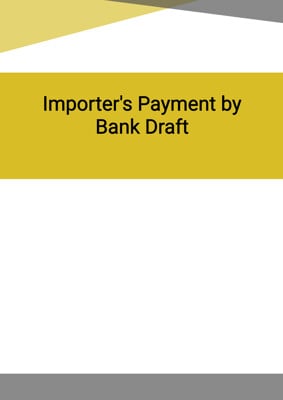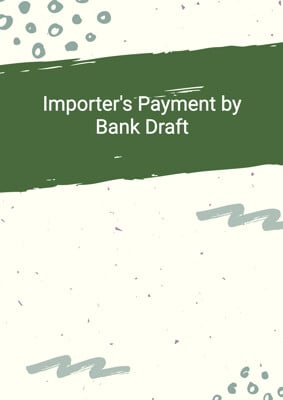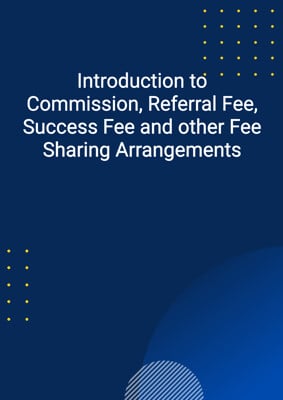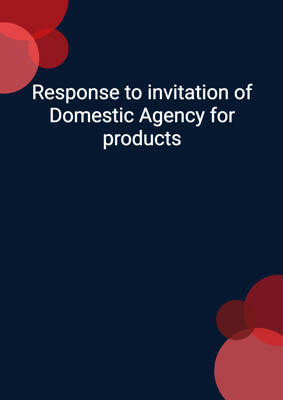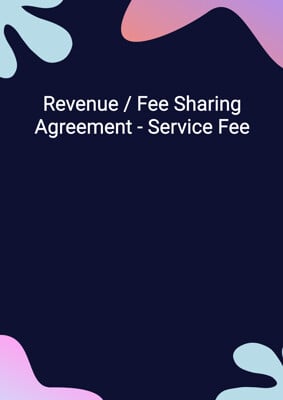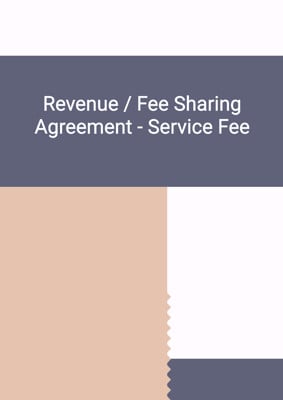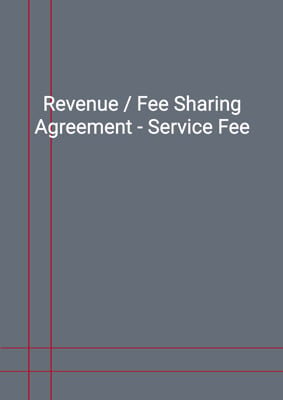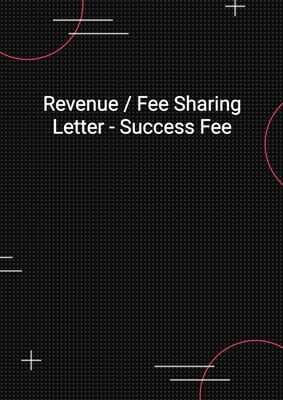How to Tailor the Document for Your Need?
01
Create Document
Click "Create Document" button and the document will be prepared with your account details automatically filled in.
02
Fill Information
Please fill in any additional information by following the step-by-step guide on the left hand side of the preview document and click the "Next" button.
03
Get Document
When you are done, click the "Get Document" button and you can download the document in Word or PDF format.
04
Review Document
Please review the document carefully and make any final modifications to ensure that the details are correct before sending to the addressee.
Document Preview
Document Description
The document titled 'Correspondence between Exporter and Importer' is an important communication tool between an exporter and an importer. It serves as a means of establishing and maintaining a professional relationship between the two parties involved in international trade.
The entire document consists of a letter format and is divided into several sections. The first section includes the account information of the sender, such as the first name, last name, job title, and address. This information helps in identifying the sender and establishing their credibility.
The second section of the document includes the date of the correspondence, which is the current date. This helps in keeping track of the timeline of the communication and ensures that both parties are aware of when the letter was sent.
The third section is the salutation, where the sender addresses the recipient as 'dear sir/madam.' This sets a polite and respectful tone for the rest of the letter.
The fourth section provides details about the irrevocable credits opened by the sender in favor of the recipient. It mentions the duration of the credit, which is one month, and the bank involved. This information is crucial for the recipient to understand the financial arrangements and obligations.
The fifth section explains the terms of the credit, which allow the recipient to draw funds at 30/60 days on the specified bank. It also mentions the required documents that the recipient needs to provide before accepting the draft, including bills of lading, invoice copy, insurance certificate or policy, and certificate of origin. These documents are necessary for the smooth processing of the transaction.
The sixth section expresses the sender's expectation of receiving the first consignment from the recipient around the middle of the next month. This sets a clear timeline for the recipient to fulfill their obligations.
The final section concludes the letter with a polite closing, 'yours faithfully,' followed by the account information of the sender once again, including the first name, last name, and job title. This provides a formal ending to the correspondence.
In summary, the document serves as a formal communication channel between an exporter and an importer, outlining the financial arrangements, required documents, and expectations for future consignments. It is essential for maintaining transparency and clarity in international trade relationships.
How to use this document?
Guidance for using the document:
1. Enter Account Information: Fill in the account first name, account last name, account job title, and address in the designated fields. This will ensure that the recipient can identify the sender and establish their credibility.
2. Specify the Date: Replace 'current date' with the actual date of sending the correspondence. This will help in maintaining an accurate timeline of the communication.
3. Address the Recipient: Replace 'dear sir/madam' with the appropriate salutation based on the recipient's gender and name. This will personalize the letter and show respect towards the recipient.
4. Provide Credit Details: Modify the information about the irrevocable credits to reflect the specific terms agreed upon between the parties. Include the name of the bank, the duration of the credit, and any other relevant details. This will ensure that both parties are aware of the financial arrangements.
5. Specify Required Documents: Customize the list of required documents based on the specific needs of the transaction. Ensure that the recipient understands the importance of providing these documents for the smooth processing of the transaction.
6. Set Expectations: Adjust the expected timeline for receiving the first consignment based on the actual agreement between the parties. This will help the recipient understand the urgency and plan accordingly.
7. Sign Off: Replace 'account first name account last nameaccount job title' with the actual account information of the sender. This will provide a professional and formal closing to the correspondence.
By following these steps, the document can be effectively used to establish and maintain a professional relationship between an exporter and an importer, ensuring clarity, transparency, and smooth transactions in international trade.
Not the right document?
Don’t worry, we have thousands of documents for you to choose from:


